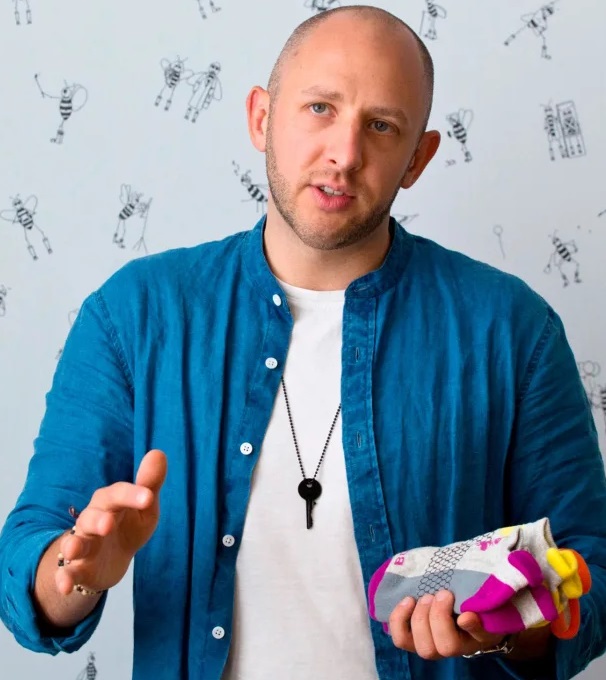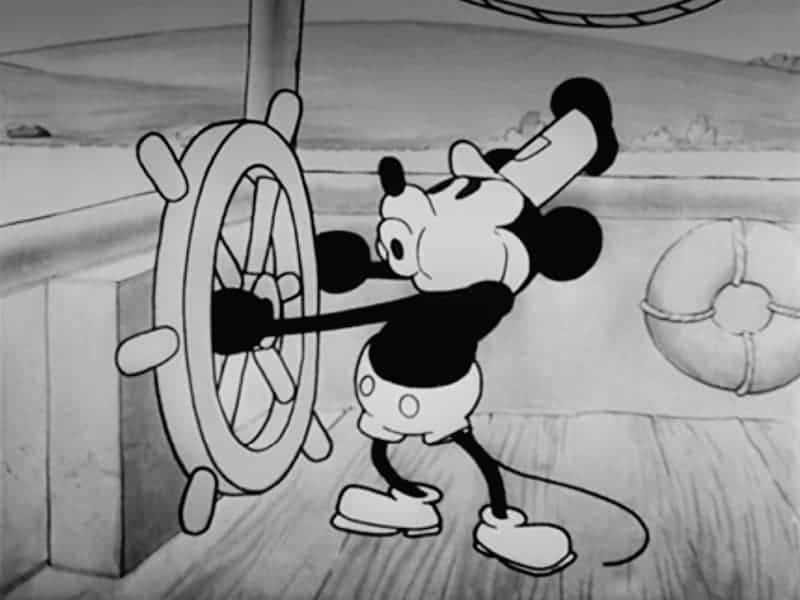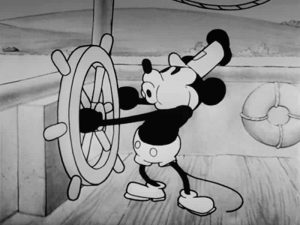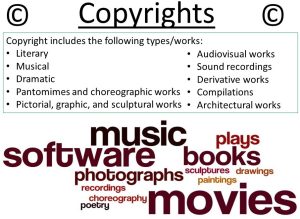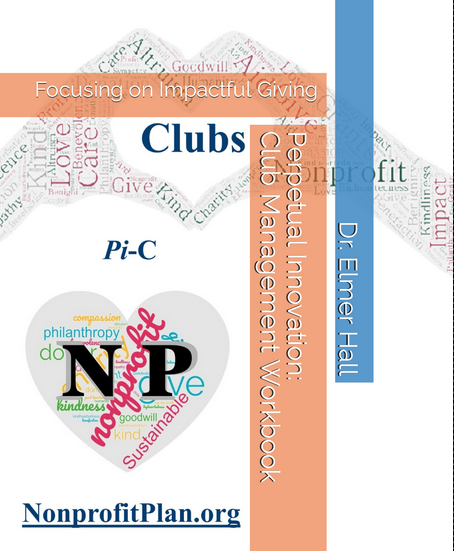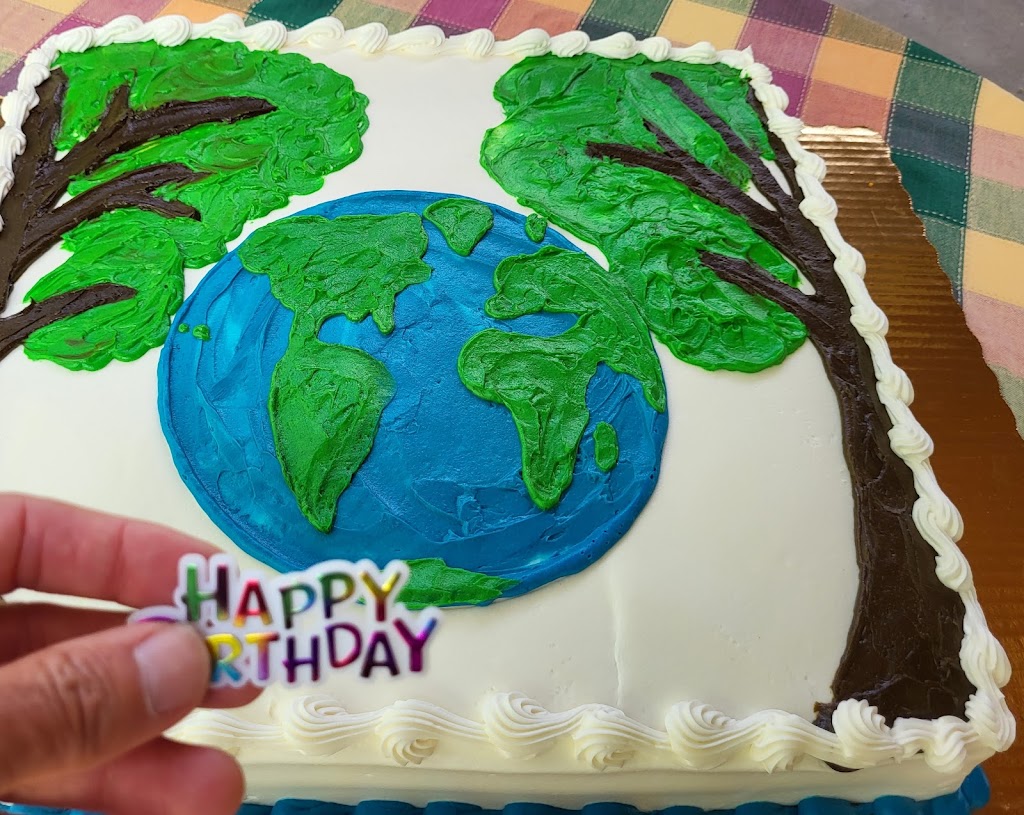“ ‘Chief Shoe Giver’. That is the job title Blake Mycoskie had at Tom’s Shoes from 2006 to 2019. Others would call him the founder and CEO [of TOMS shoes]” Thus begins a daily inspirational and motivation blog post by Harland Merriam, Nov 12 2023.
TOMS is world renowned for giving away a pair of shoes for every pair sold. They moved 40% of their production to the countries where they were focusing their charitable giving. TOMS https://www.toms.com/us/impact.html
Very cool discussion about the power of business giving. Business giving is rather tricky. TOMS (shoes) and Bombas (socks) seem to have very good intentions and have worked very hard to get it right. Giving out shoes (and socks) for every pair sold has potential to undercut the local economies and increase a sense of dependency.
Bombas cofounders David Heath (pictured) and Randy Goldberg pledged to donate a pair of socks for every pair sold. Bombas’s mission since day one has been to help those experiencing homelessness. That’s why for every item you purchase, we donate an item on your behalf. https://shop.bombas.com/pages/about-us
I discuss the art of giving and the art of giving for businesses in my book on nonprofits & impactful donor giving (Hall, 2022). But the main thing for all donors is to be vigilant in looking for unintended consequence of donations.
TOMS has gotten some criticism and has adapted to improved information about poverty and homelessness.
Wikipedia (https://en.wikipedia.org/wiki/Toms_Shoes) provides a good overview of the history of the TOMS and its “one for one” give-back program. In 2019, Amy Smith, TOMS’ Chief Giving Officer, announced in their 2019 Impact Report that the company would no longer be following the “One for One” business model that TOMS pioneered. “We made the decision to decouple our impact from the One for One model we pioneered, and to expand our giving portfolio to include impact grants. This way, we can support organizations working to address some of today’s most pressing issues.”
Since 2019, TOMS has updated its impact model to donate 1/3 of its profits to grassroots for good. (See TOMS impact statement https://www.toms.com/us/impact.html ) TOMS’ mission is to use business to improve lives. This core value is embedded in everything we do.
Both businesses were designed as part of their mission to do good deeds. Both companies are certified B Corps. Both companies have lots of challenges with the giving part of their mission. TOMS, for example, has abandoned the sell-1-give-1 and is much more flexible in the way that they give 40% of their profits to charitable causes. Bombas works through carefully monitored channels for charitable giving.
Even the best intentions and the best plans need to be monitored and managed. That is, the supply chain for charitable giving also needs a lot of care and feeding. Kudos to TOMS (& Bombas) for doing good things to make the world a better place, and for being adaptable and willing to adjust to better ways.
#Nonprofits #Charities #BCorp #ImpactfulGiving
